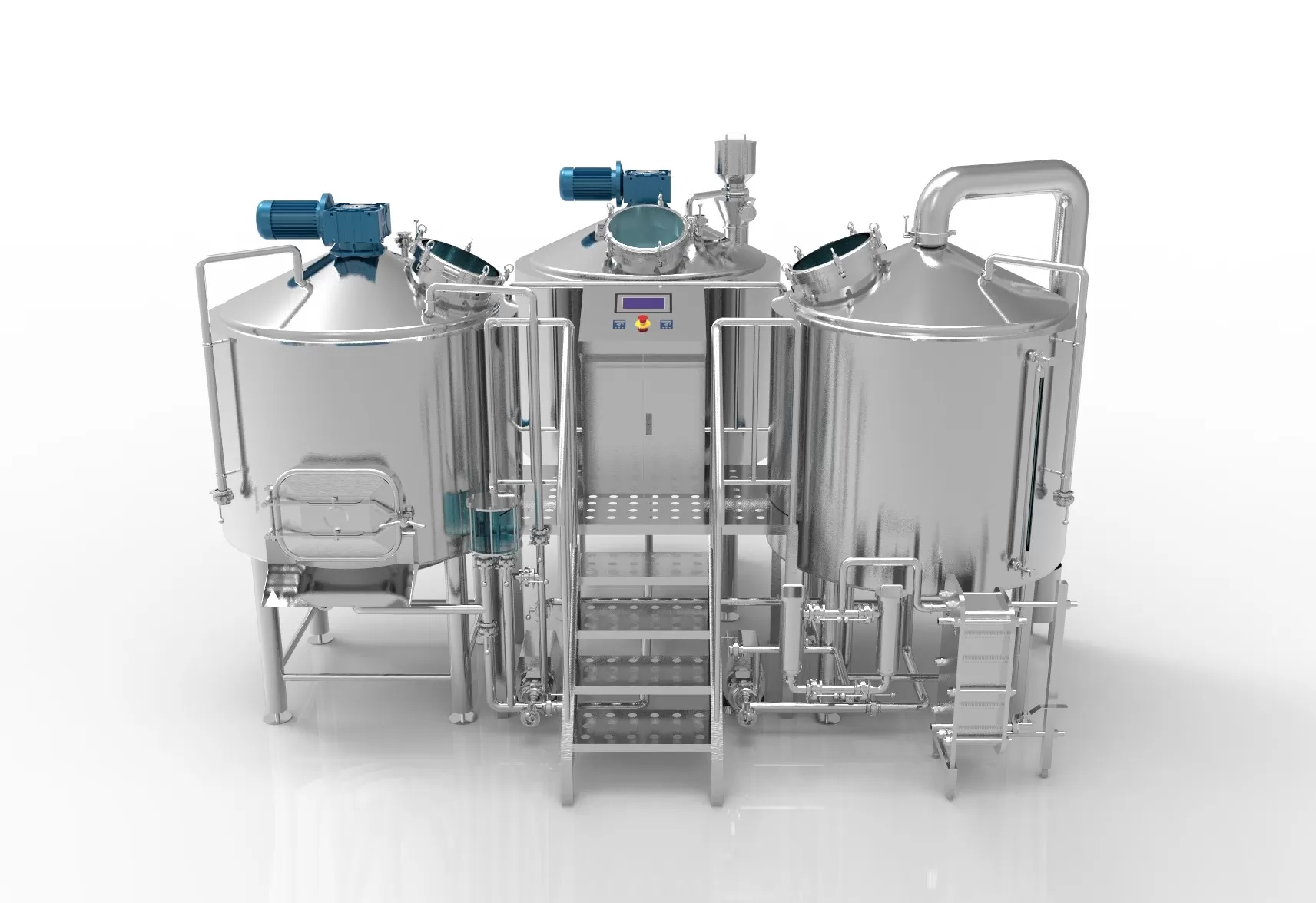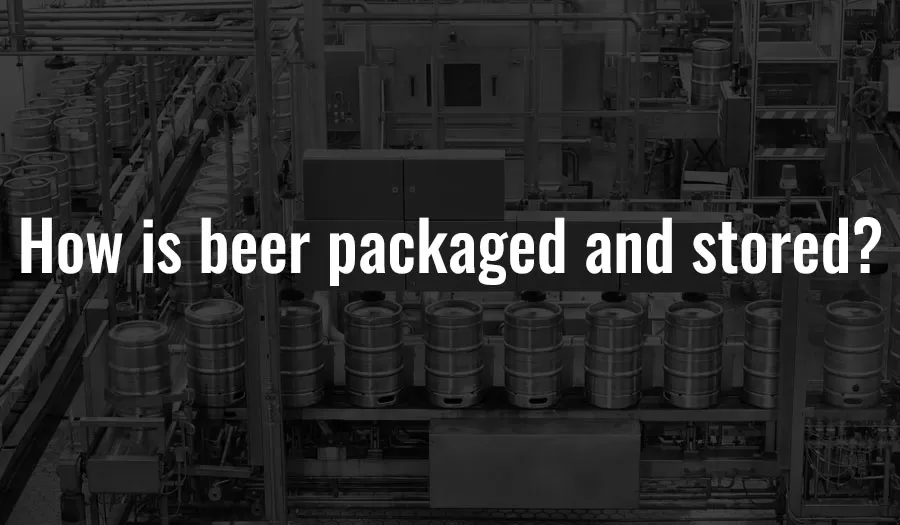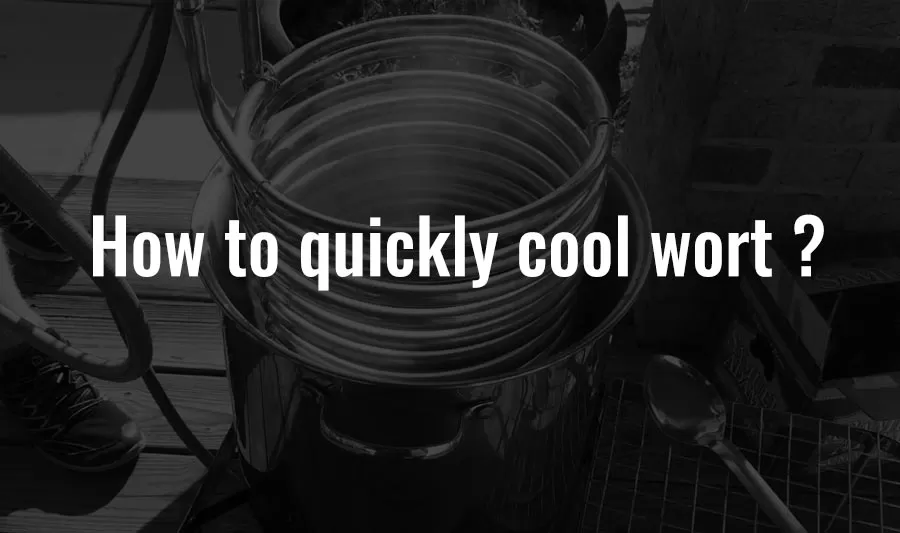Malt is one of the most important components of beer, and has more influence on the flavor of beer than any other component. When it comes to brewing beer, malt refers to a specific type of malted barley variety. The type of malt chosen for brewing will determine the final colour, flavor, mouthfeel, body and […]
Small Batch Brewery Equipment
Bigger is not always better. Small Batch System can brew any style/type of beer you want.
Micro Craft Brewery Equipment
Because craft breweries are small, they have more room to innovate than commercial breweries.
Commercial brewery equipment
The value there for us is not only do you have the engineering capability, but the brewing knowledge behind that…













